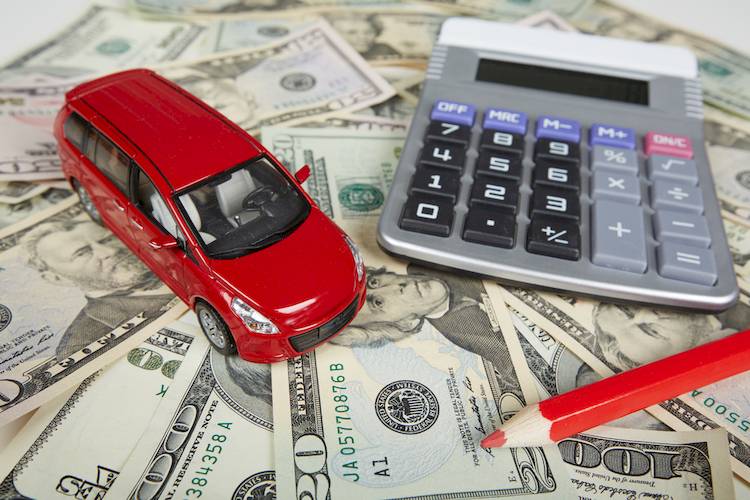

If you’ve ever driven for or with a rideshare company, you’re probably aware of surge pricing. Surge pricing is a form of dynamic pricing in which the cost of a ride increases based on demand. Companies like Uber, Lyft, and other rideshare services charge surge prices in areas where there are more ride requests than driver supply, essentially taking charge of supply-and-demand. The price of a ride increases to quicken wait times for customers who really need one while others in less of a hurry may be willing to wait — moderating the overall ride demand.
Surge pricing occurs in areas that have become busy for one reason or another. Some cities experience dramatic rush hours on a daily basis that contribute to surge pricing. Commuters may prefer an Uber ride in the carpool lane over adding stress to their own car during heavy traffic — even if it costs significantly more. Surge prices can also pop up from weather conditions, holidays, and special events like sports games, concerts, and festivals. More people prefer to rideshare on these occasions to avoid parking hassles or engage in festivities without worrying about being able to drive.
Though it may be an inconvenience to riders, surge pricing works to the advantage of drivers. It incentivizes them to provide more rides in areas that need it most and meet high demand. Companies like Uber don’t increase their commission on Uber driver’s ride pay, so it allows them to make more money. In fact, some rideshare apps come with an alert, available to both drivers and riders, that tells users when surge prices happen in a specific area.
How Surge Pricing Works
Surge pricing is determined by the supply of drivers and the demand of riders. Rideshare apps typically tell the user when demand increases and contributes to surge prices by displaying a map showing “hot” areas. In Uber, for example, areas experiencing surge prices turn red and display a surge multiplier by which prices are higher. To break down what Uber’s multiplier means:
- A number next to “x” will appear, such as 1.5x, to indicate how much your base fare will be multiplied by.
- This multiplier would be joined to the set base, distance, and time fees.
- A normal price of $5 would be multiplied by 1.5.
- The surge charge would then be $7.5.
Surge rates are updated constantly, as companies use real-time supply-and-demand data to determine prices. Costs are based off rider location, not the drivers, to further incentivize drivers to head toward areas that need it.
How to Avoid Surge Pricing
Paying extra for a ride may not sound all that appealing, but below are 7 tips to avoid surge prices:
Pay attention to the times of day when prices sharply increase. Try to avoid ridesharing at those times.
Keep track of busy areas and, if possible, move on foot or by another means of transportation to a less-impacted area.
Use public transportation if it’s available in your area, or hitch a ride from a friend.
Schedule a ride in advance if you can’t move your schedule around to avoid surge pricing. Both Uber and Lyft include this feature in some locations, and the price may end up lower than what is expected.
Switch between apps. Uber may be surging in an area while Lyft or another rideshare service won’t be.
Try a different Uber car. Surge prices may not apply to all the cars Uber offers. These rides may be more expensive at normal hours but might actually beat an area’s surge prices.
Wait it out. When you’re not in a hurry to get somewhere else, you can wait until surge prices disappear in your location.



